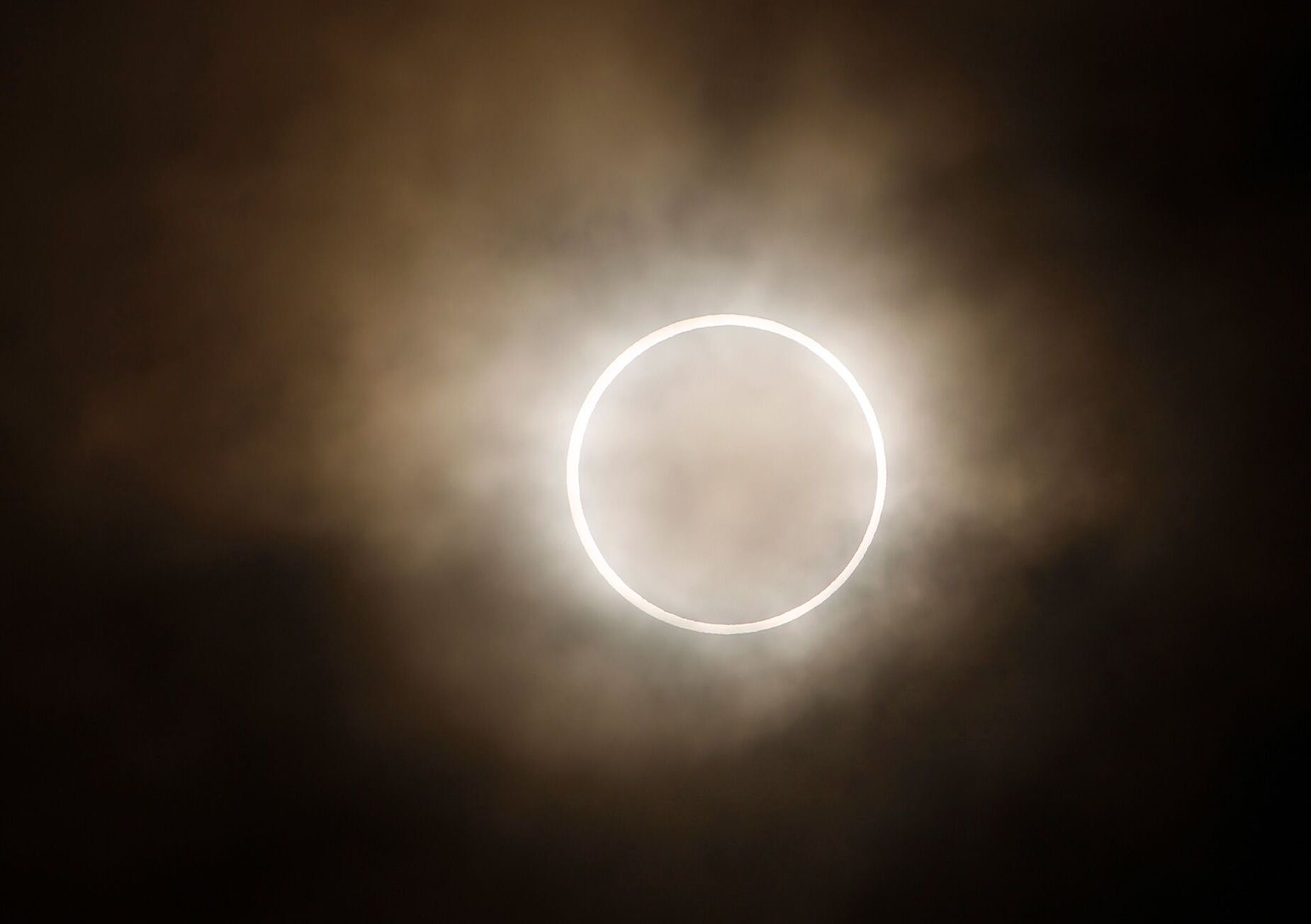
Ever wondered why the moon looks different every night? Well, one of the moon's phases, the waxing gibbous, plays a huge role in this nightly transformation. Waxing gibbous isn't just a fancy term astronomers throw around; it's a phase that tells us the moon is more than half illuminated but not yet full. Why does this matter, you ask? Because this phase affects everything from the tides to how bright our night sky is. So, if you've ever looked up at the night sky, marveling at the moon's beauty and pondered over its changing shapes, you're in for a treat. Here, we're diving into 16 great waxing gibbous facts that will illuminate your understanding of the night sky. Get ready to be moonstruck by these luminous tidbits!
Key Takeaways:
- The waxing gibbous moon is more than half illuminated and visible in the sky from midday to early morning. It's a time for growth, development, and building before the full moon.
- During the waxing gibbous phase, the moon's gravitational pull causes stronger tides and may influence animal behavior. It's a great time for moon-watching parties and creative activities like drawing or painting the moon.
What is a Waxing Gibbous Moon?
When observing the night sky, you might notice the moon in various shapes. One of these is the waxing gibbous phase, a fascinating period in the lunar cycle. Waxing means it's getting bigger, while gibbous refers to its shape, which is more than a half-circle but not yet full. This phase occurs right after the first quarter moon and continues until it becomes a full moon.
- The term "gibbous" comes from a Latin word meaning "humpbacked," reflecting the moon's bulged appearance during this phase.
- During the waxing gibbous phase, the moon is visible in the sky after midday and remains observable until early morning.
How Does the Waxing Gibbous Phase Occur?
Understanding the waxing gibbous phase requires a basic grasp of the moon's orbit around Earth. As the moon travels, the angle at which we view its illuminated portion changes, creating different phases.
- This phase occurs when the moon is moving from the first quarter phase towards a full moon, with more than half of its face illuminated by the sun but not yet fully lit.
- It takes about 7 to 8 days after the first quarter moon for the waxing gibbous phase to transition into a full moon.
Why is the Waxing Gibbous Phase Important?
Many cultures and traditions attach special significance to different phases of the moon, including the waxing gibbous.
- In agriculture, some farmers rely on lunar phases for planting certain crops, believing that the waxing gibbous phase is ideal for growth.
- This phase is also significant in various spiritual practices, where it's seen as a time for building, development, and refinement before the culmination of the full moon.
Observing the Waxing Gibbous Moon
For those interested in astronomy or simply enjoy gazing at the night sky, the waxing gibbous moon offers a splendid view.
- With a telescope or even a good pair of binoculars, you can observe detailed craters and lunar maria (the dark, flat regions) during this phase.
- Photographers find the waxing gibbous moon a perfect subject, as its nearly full illumination provides excellent contrast and detail.
The Impact of the Waxing Gibbous Moon on Earth
While the moon's phases are a celestial phenomenon, they have tangible effects on Earth, particularly its oceans.
- The gravitational pull of the moon causes tides, and during the waxing gibbous phase, we begin to see stronger spring tides, which occur shortly before or after a full moon.
- Some studies suggest that animal behavior, especially in marine life, is influenced by the lunar cycle, including the waxing gibbous phase.
Waxing Gibbous Moon Myths and Legends
Throughout history, the moon and its phases have inspired myths, legends, and folklore.
- In many cultures, the waxing gibbous moon is associated with fertility and abundance, reflecting its growing brightness and size.
- Legends often personify the moon with various deities or mystical creatures, attributing magical properties to its different phases.
How to Photograph the Waxing Gibbous Moon
Capturing the beauty of the waxing gibbous moon through photography can be rewarding.
- Use a long lens (200mm or more) to capture detailed shots of the moon's surface.
- A tripod is essential to stabilize your camera for clear, sharp images, especially in low-light conditions.
Fun Activities During the Waxing Gibbous Phase
Engaging in moon-related activities can be both educational and enjoyable.
- Hosting a moon-watching party with friends or family is a great way to appreciate the waxing gibbous phase together.
- Drawing or painting the moon as it appears during this phase can be a fun and creative way to document its changes.
A Final Glimpse at the Waxing Gibbous Moon
We've journeyed through the night sky, uncovering the mysteries and marvels of the waxing gibbous moon. This phase, a herald of full illumination, offers more than just a brighter night. It influences tidal patterns, impacts wildlife behavior, and has been a guide for humans throughout history. Understanding its cycle enhances our appreciation of the natural world and our place within it. Whether you're a stargazer, a photographer, or simply someone who finds solace in the beauty of the night sky, the waxing gibbous phase is a reminder of the constant change and cyclical nature of our universe. So, next time you look up and see that almost-full moon lighting up the night, remember, you're witnessing a celestial dance centuries in the making.
Frequently Asked Questions
Was this page helpful?
Our commitment to delivering trustworthy and engaging content is at the heart of what we do. Each fact on our site is contributed by real users like you, bringing a wealth of diverse insights and information. To ensure the highest standards of accuracy and reliability, our dedicated editors meticulously review each submission. This process guarantees that the facts we share are not only fascinating but also credible. Trust in our commitment to quality and authenticity as you explore and learn with us.


